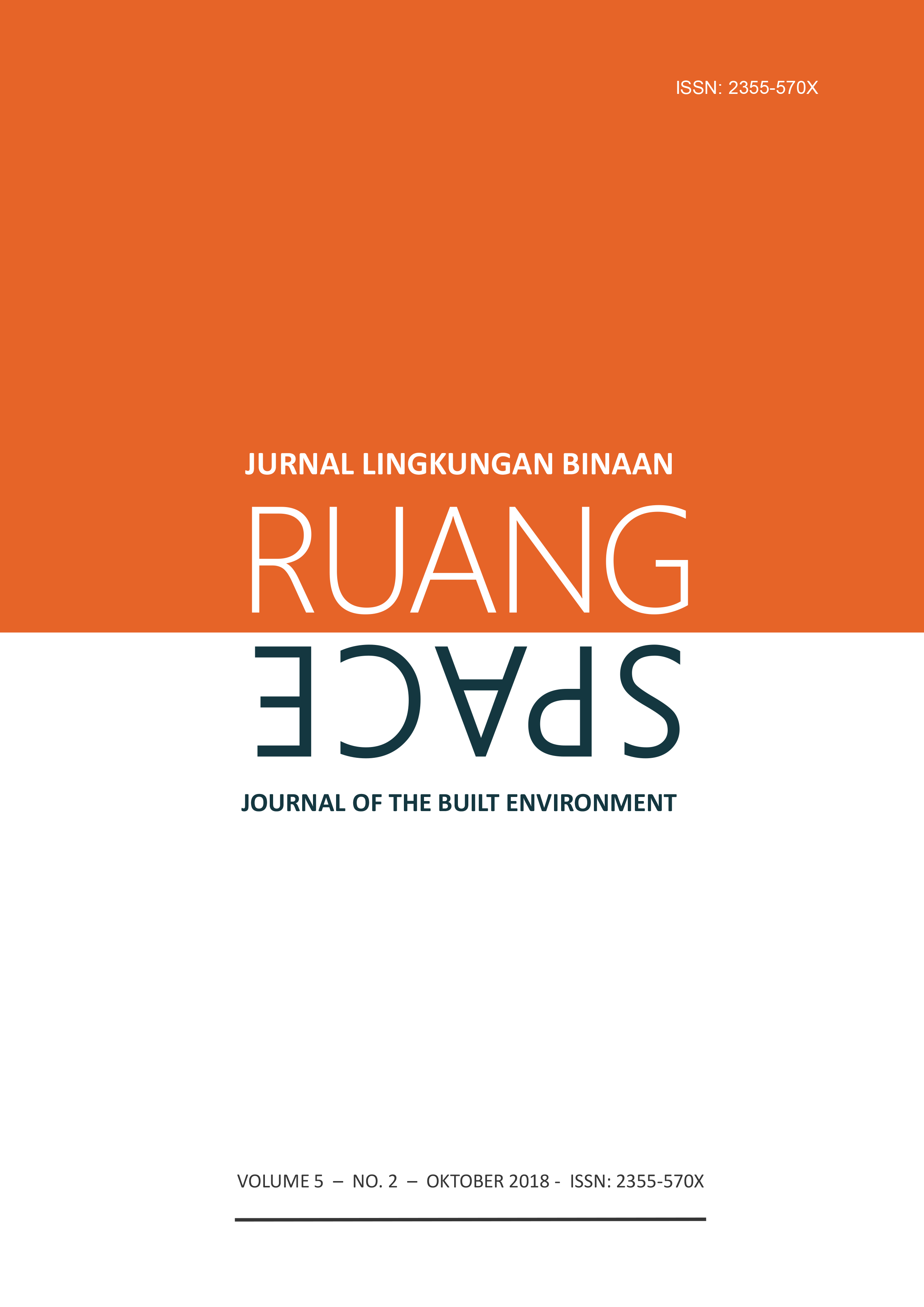Pengendalian Alih Fungsi Lahan Pertanian di Kawasan Perkotaan Mangupura Kabupaten Badung
Abstract
This article aims at analyzing determining aspects that must be incorporated in to the process of developing a strategy to control land development. It converses this objective by taking the increasing rate of agricultural land conversion in Mangupura urban area, of Badung Regency-Bali, as its case study. The study was carried out using a qualitative approach. The findings demonstrate the driving factors behind such a conversion are classified into four categories, including social, economical, environmental and regulatory forces. Learning from the dynamic of land development of Mangupura area, the study subsequently comes out with a conclusion that for efficiency and success, the strategy to control land use changes has to embrace two basic aspects of: (i) identification and clarification of instruments to regulate spatial changes, and (ii) the allocation of agency/s assigned to carry out the controlling roles. It is further emphasized that attempts to rule spatial development should take both of the aforementioned determining forces and basic aspects influencing the success of the control strategy, into account.
Keywords: conversion, agricultural land, land use control and strategy
Downloads
The copyright of the received article shall be assigned to the journal as the publisher of the journal. The intended copyright includes the right to publish the article in various forms (including reprints). The journal maintains the publishing rights to the published articles.



